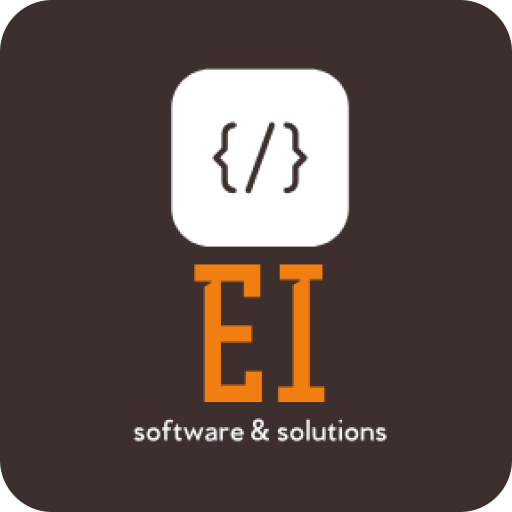
Asset tracking is a critical process for organizations of all sizes, helping them monitor and manage valuable physical items throughout their lifecycle. In this guide, we'll explore the fundamentals of implementing an asset tracking system, focusing on key considerations that can ensure a successful deployment.
Why Asset Tracking Matters
Before diving into implementation details, let's understand why asset tracking is essential for modern organizations:
- Financial Accountability: Track the value and depreciation of assets for accurate financial reporting and tax purposes.
- Theft Prevention: Reduce theft and unauthorized usage by maintaining visibility over asset location and movement.
- Maintenance Management: Schedule and track regular maintenance to extend asset lifespan and prevent costly breakdowns.
- Regulatory Compliance: Meet industry-specific regulatory requirements for asset management and reporting.
- Operational Efficiency: Quickly locate equipment when needed, reducing wasted time and improving productivity.
Key Components of an Asset Tracking System
A comprehensive asset tracking solution typically includes several key components:
1. Asset Identification Methods
Every asset tracking system starts with a reliable identification method. The two most common technologies are:
- Barcode Labels: Cost-effective and easy to implement, barcode labels require line-of-sight scanning but are sufficient for many applications.
- RFID Tags: More expensive but offer advantages like bulk scanning, no line-of-sight requirement, and greater durability in harsh environments.
2. Data Collection Hardware
You'll need appropriate hardware to scan and read your identification tags:
- Barcode Scanners: Available in handheld, fixed-mount, or mobile computer configurations.
- RFID Readers: These come in handheld models or fixed readers for automated tracking at entry/exit points.
- Mobile Devices: Modern smartphones and tablets can often serve as scanning devices with the right applications.
3. Asset Tracking Software
The software component is the heart of your asset tracking system, providing features like:
- Asset database management
- Check-in/check-out functionality
- Maintenance scheduling and history
- Depreciation calculation
- Reporting and analytics
- Integration with existing business systems
"The most successful asset tracking implementations begin with clear objectives and a focus on capturing the right data, not just the most data." - Asset Management Best Practices
Implementation Steps
Follow these steps for a successful asset tracking implementation:
1. Define Your Objectives
Start by clearly defining what you want to achieve with your asset tracking system. Common objectives include:
- Reducing lost or misplaced assets
- Improving maintenance compliance
- Streamlining audits and inventory counts
- Optimizing asset utilization
- Enhancing financial reporting accuracy
2. Inventory Your Assets
Conduct a thorough inventory of all assets you want to track. For each asset, gather information like:
- Description and category
- Serial number and model
- Purchase date and cost
- Expected lifespan
- Current location and condition
- Assigned department or individual
3. Choose the Right Technology
Select the identification technology (barcode, RFID, or a combination) that best fits your budget, environment, and tracking needs.
4. Implement in Phases
Consider a phased implementation approach:
- Phase 1: Start with high-value assets in a single department
- Phase 2: Expand to additional asset categories and departments
- Phase 3: Integrate with other business systems
- Phase 4: Add advanced features like predictive maintenance
5. Train Your Team
Provide comprehensive training to all users who will interact with the system. This should include:
- Basic operation procedures
- Data entry standards and protocols
- Scanning techniques
- Report generation and analysis
- Troubleshooting common issues
Common Challenges and Solutions
Be prepared to address these common challenges in asset tracking implementation:
Data Quality Issues
Solution: Establish clear data entry standards, use validation rules, and conduct regular data audits.
User Resistance
Solution: Involve key users in the selection process, emphasize benefits, and provide thorough training.
Integration Complexities
Solution: Work with IT to identify integration points early and consider middleware solutions if needed.
Scaling Challenges
Solution: Choose a system with room to grow and expand, and document your processes thoroughly.
Conclusion
Implementing an asset tracking system requires careful planning and a systematic approach, but the returns in efficiency, accountability, and cost savings make it a worthwhile investment for organizations. Start with clear objectives, choose the right technology for your needs, and focus on user adoption to maximize your chances of success.
Ready to explore asset tracking solutions for your organization? Learn more about our Asset Tracking software or contact us for a personalized consultation.



